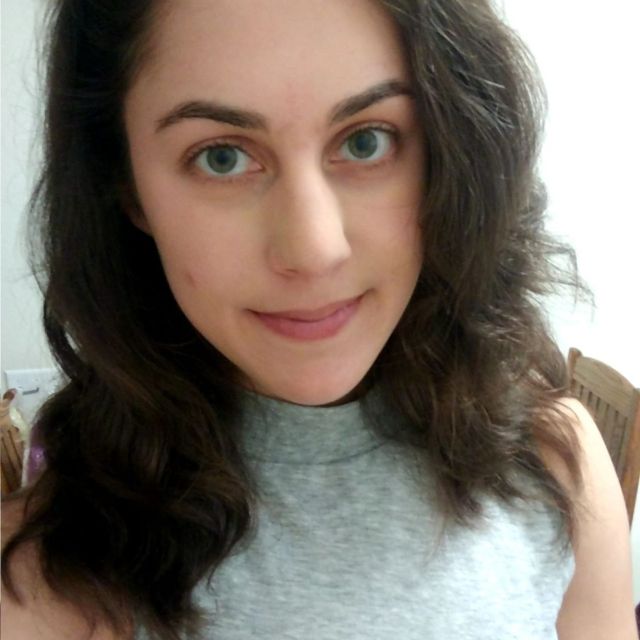
About Moriel
- Advisor: Yi Tang
- Department: Bioengineering
- Campus: UCLA
- BioPACIFIC MIP Research: SET 1 - Bioderived Materials
What is your research focus?
My research involves engineering a heterologous yeast platform to produce monoterpene indole alkaloids (MIAs) that have a wide range of societally-valuable bioactivities such as properties that help fight cancer, malaria, heart disease, etc. This directly relates to SET 1 motives, since it is a project that involves leveraging the natural plant biosynthetic machinery responsible for production of valuable MIAs by engineering S. cerevisiae to express the pathway and produce valuable natural products in a sustainable and economically scalable manner. Currently, I am working on optimizing our platform to improve titers of serpentine and mitragynine, two MIAs with potent anti tumor and anti opioid properties, respectively, using both global engineering techniques to balance endogenous and biosynthetic metabolism as well as individual bottleneck enzyme mutagenesis, namely, strictosidine glucosidase (SGD). My efforts to manipulate the metabolism of the yeast platform include expressing a >10,000 variant CRISPR interference library in our yeast platform to downregulate yeast genes and collaborate with the Di Carlo lab to detect phenotypic differences using the fluorescent nature of serpentine.
What excites you about NSF BioPACIFIC MIP?
I have been a fellow in BioPACIFIC MIP for a year now and have enjoyed and benefited from the extensive opportunities to improve my communication and networking skills from the professional development training offered in the program. I took the Data Science course through BioPACIFIC MIP, and I would like to continue to have access to these professional development opportunities. Furthermore, I enjoyed working with the Biopacific staff and making new connections with others in the BioPACIFIC MIP community and would like to continue being a part of this supportive and dedicated community. I have used the Triple Quad Mass Spec in the Living Biofoundry to accurately quantify strictosidine (monoterpene indole alkaloids precursor) as well as serpentine and would like to continue to have access to this instrument through BioPACIFIC MIP. Similarly, my project, involving phenotypic analysis of a >10,000 variant yeast library, has prompted me to develop a metabolite extraction method using the liquid handling system in the biofoundry to automate the repetitive extraction and detection of compound of interest using the Triple Quad Mass Spec, and I would like to continue to have access to these facilities and instruments. In fact, these instruments were important to my recently published research in Journal of Industrial Microbiology and Biotechnology in which I acknowledged BioPACIFIC MIP. BioPACIFIC MIP has provided with community, collaboration, professional development, and access to important instruments for my project that I would like to continue this summer and the upcoming year.